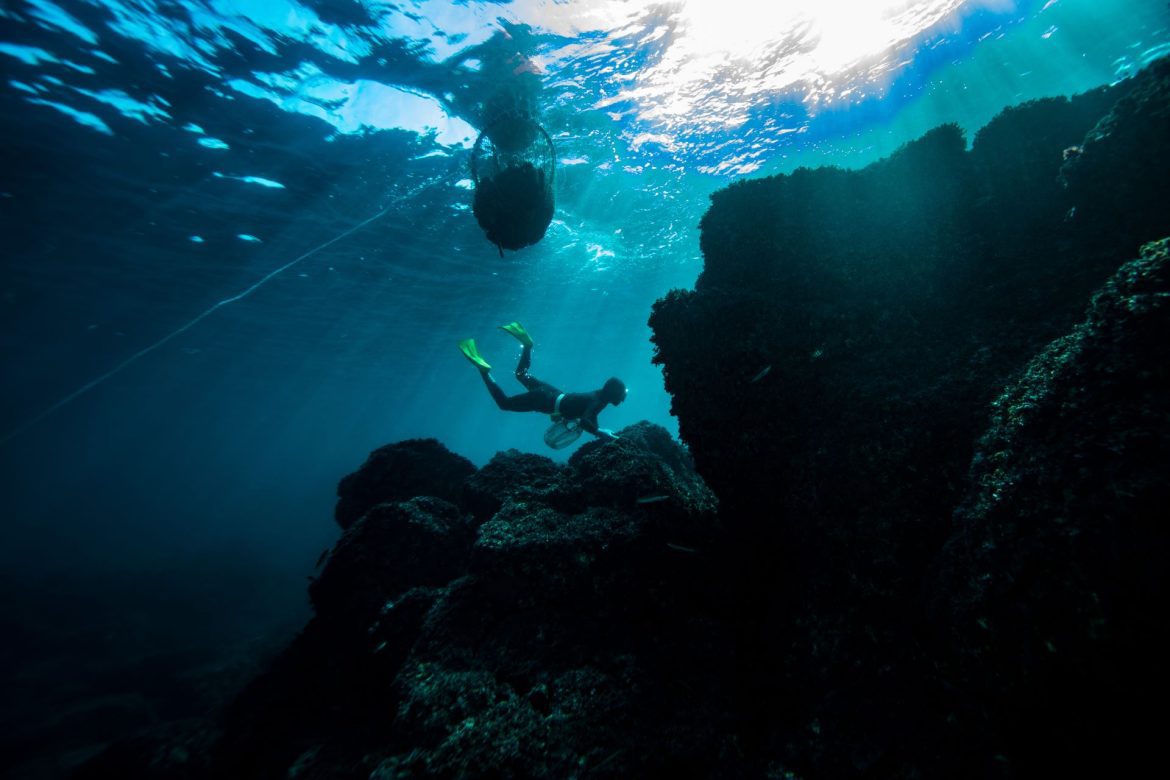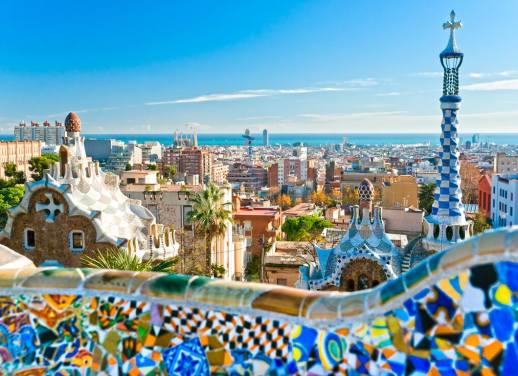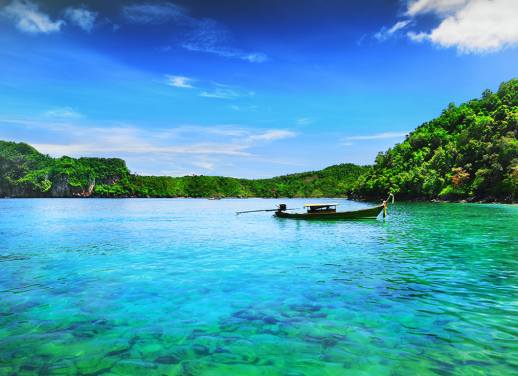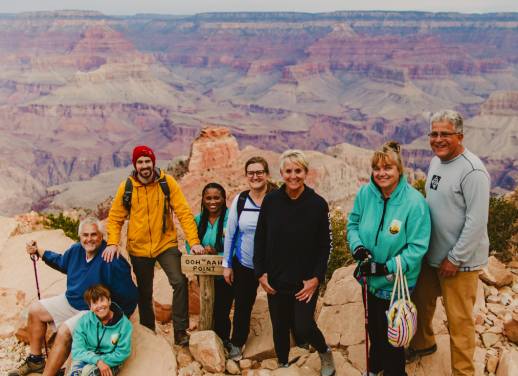Explore the depths of Busan’s female divers who free-dive 10 metres below the surface.
In the coastal city of Busan, South Korea, a community of haenyeos – which translates to sea women – have been plunging into the depths of the Yellow Sea for centuries. They free-dive without oxygen masks, descending up to 10 metres below the surface.
In a day, a haenyeo will spend several hours at sea foraging shellfish to support their families. Many of them can hold their breath for up to three minutes. It’s not just about working, haenyeos have a deep connection with the sea, and this practice plays a spiritual role in their lives. Although industralisation has replaced much of the work of the haenyeo, some women still choose to keep up the practice.
Intrepid travellers can meet a former diver on South Korea Highlights and learn more about this fearless diving community.
Below the surface
Haenyeos are an important part of Busan’s tapestry and have been for centuries. Some of them, well into their 80s, defy the limitations of age as they skillfully navigate the underwater world with the grace born of a lifetime spent at sea.
For many haenyeos, diving became a lifeline and a way to support their families when men were lost to war, fishing accidents or during periods of colonisation. Haenyeos are often the breadwinners at home and, in some cases, the heads of households too. Women are also drawn to this profession because of the bond between the female diving community – haenyeos are respected and have an almost sacred place in Korean maritime culture.
However, from the 1970s onwards, the number of haenyeos has declined. Industrialisation and a changing society have created other job opportunities and contributed to a decreasing interest in this demanding profession. Because of that, today’s haenyeos play an even more crucial role as stewards of the sea. They carry the responsibility of preserving marine ecosystems and heritage and passing down the legacy of this tradition.
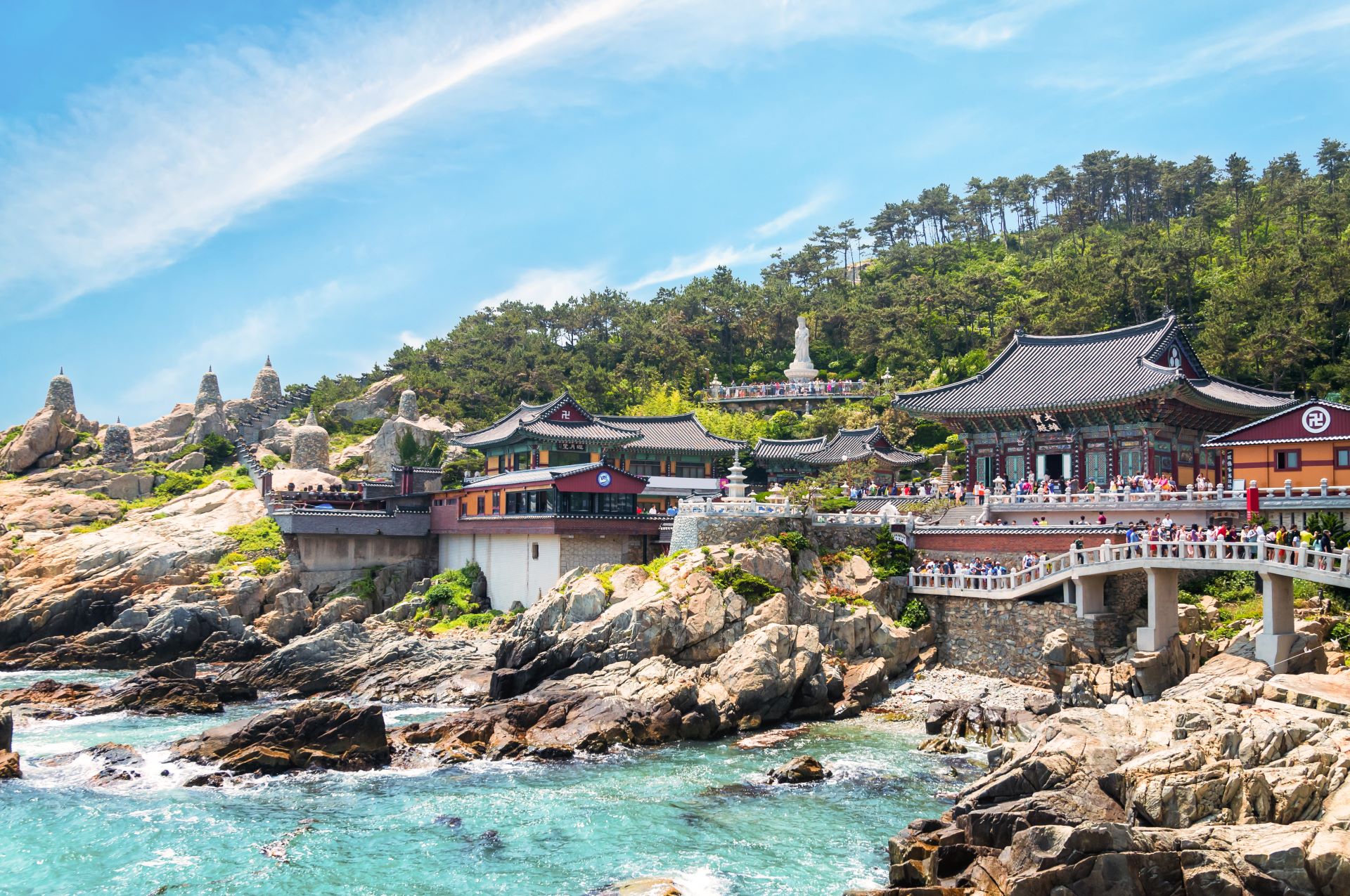
A day in the life of haenyeo
A haenyeo’s day begins at dawn. Donning distinctive black rubber suits and goggles, they venture into the chilly waters, armed with a tewak – a small buoy-like flotation device. As they disappear below the waves, their breath-holding techniques demonstrate expertise that comes from years of experience.
When they come up for air, haenyeo’s emit distinctive sounds. These whistles and calls help the divers communicate with one another and release tension after deep dives. This vocal tradition, passed down through generations, is an important part of their identity.
Community and spirituality
The way of the haenyeo is more than just a profession. It is a way of life that forges a strong sense of unity and connection with the sea. They are a tight-knit community. Divers are given different levels: hagun, junggun and sanggun, with the sanggun (who are the most experienced) offering guidance to the others.
For a haenyeo, the sea is not just a resource, but a force of nature deserving of respect. Before diving, individuals offer prayers to Jamsugut, the sea goddess, seeking safety and a bountiful catch.
Meet Busan’s sea women
As the sun sets over Busan, casting hues of orange and pink over the Yellow Sea, haenyeos return to shore with the day’s catch. It’s a story of strength, tradition and deep-rooted connection that has sustained generations.
If you want to dive into their world and witness their resilience first-hand, you can visit Busan with Intrepid on South Korea Highlights. You’ll gain a deeper understanding of the human spirit after meeting these extraordinary women.
Find out what else is new for 2024 with The Goods.

